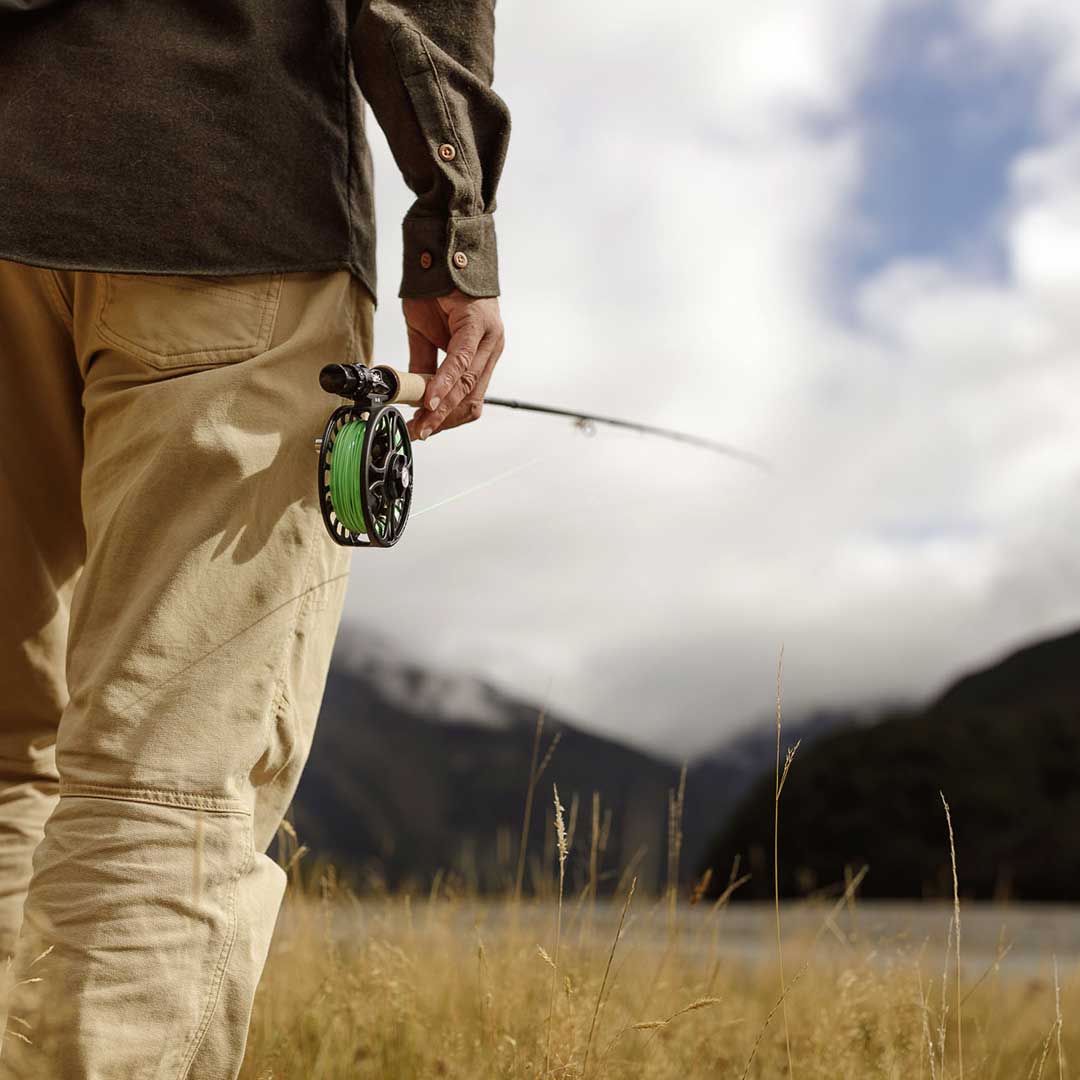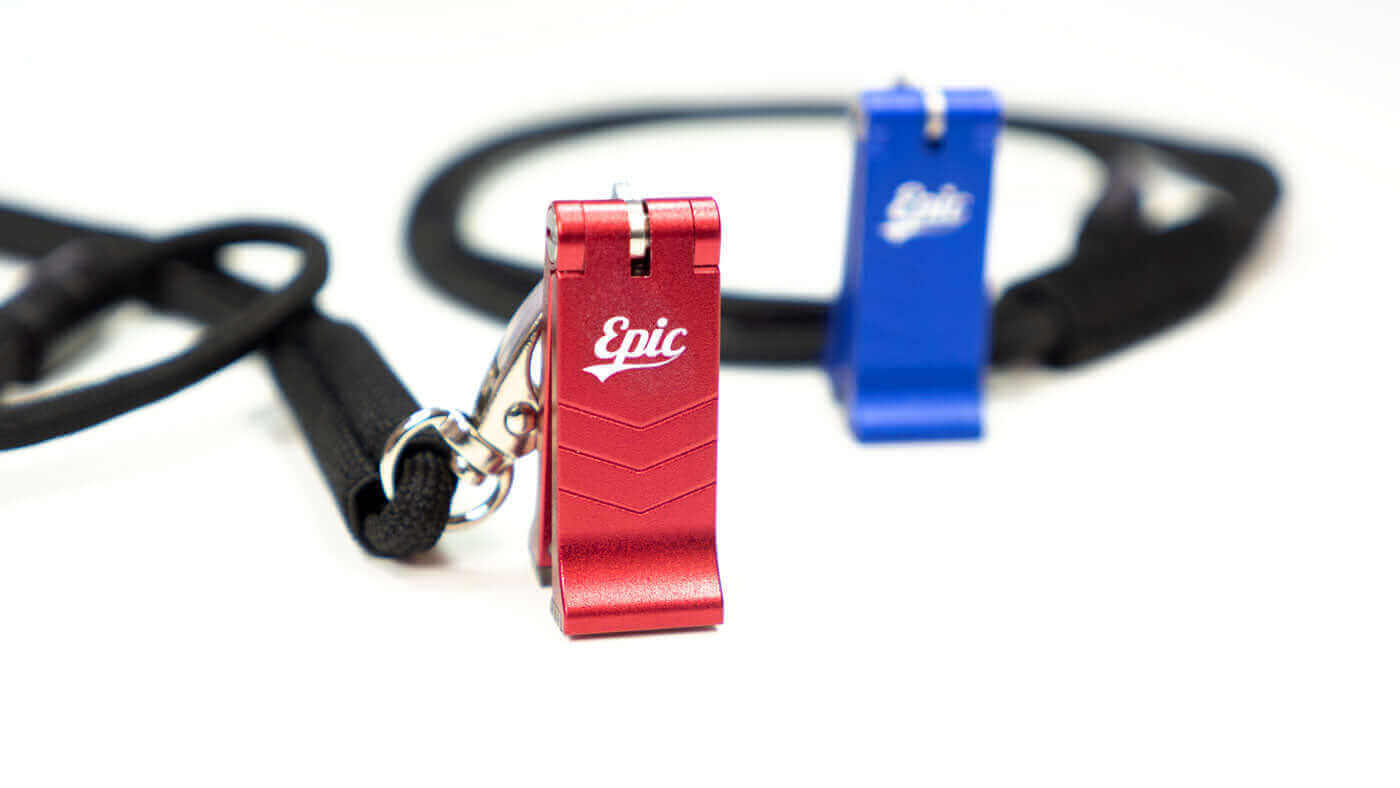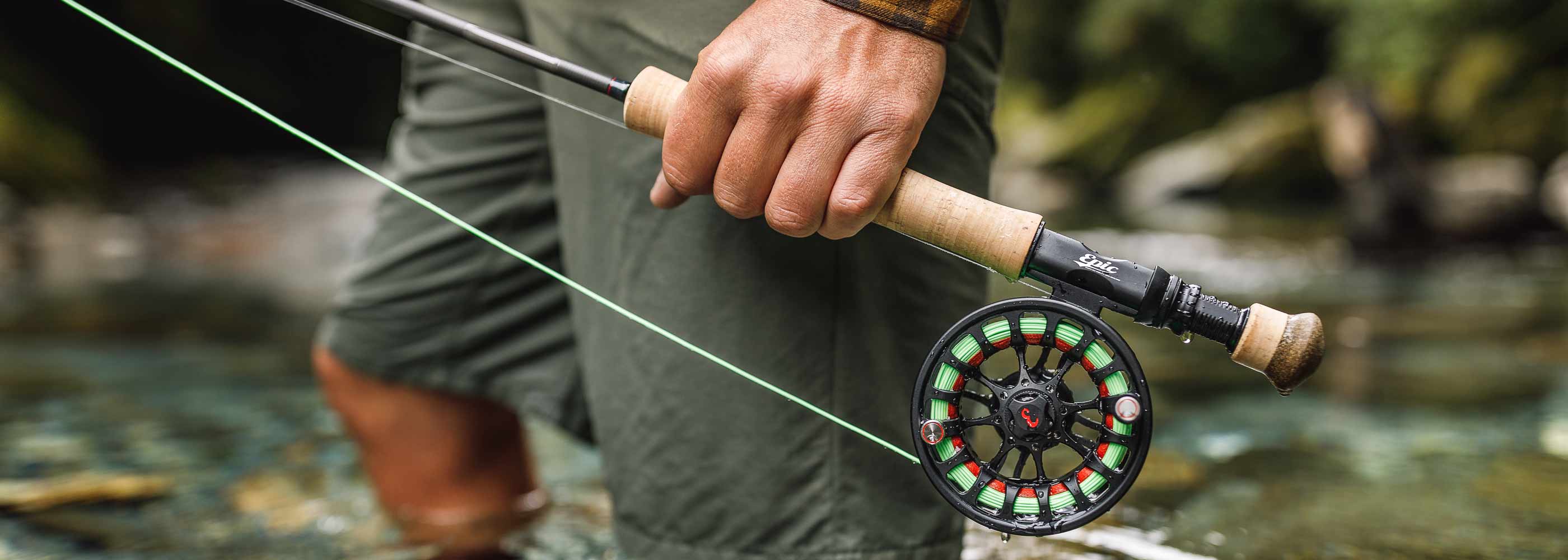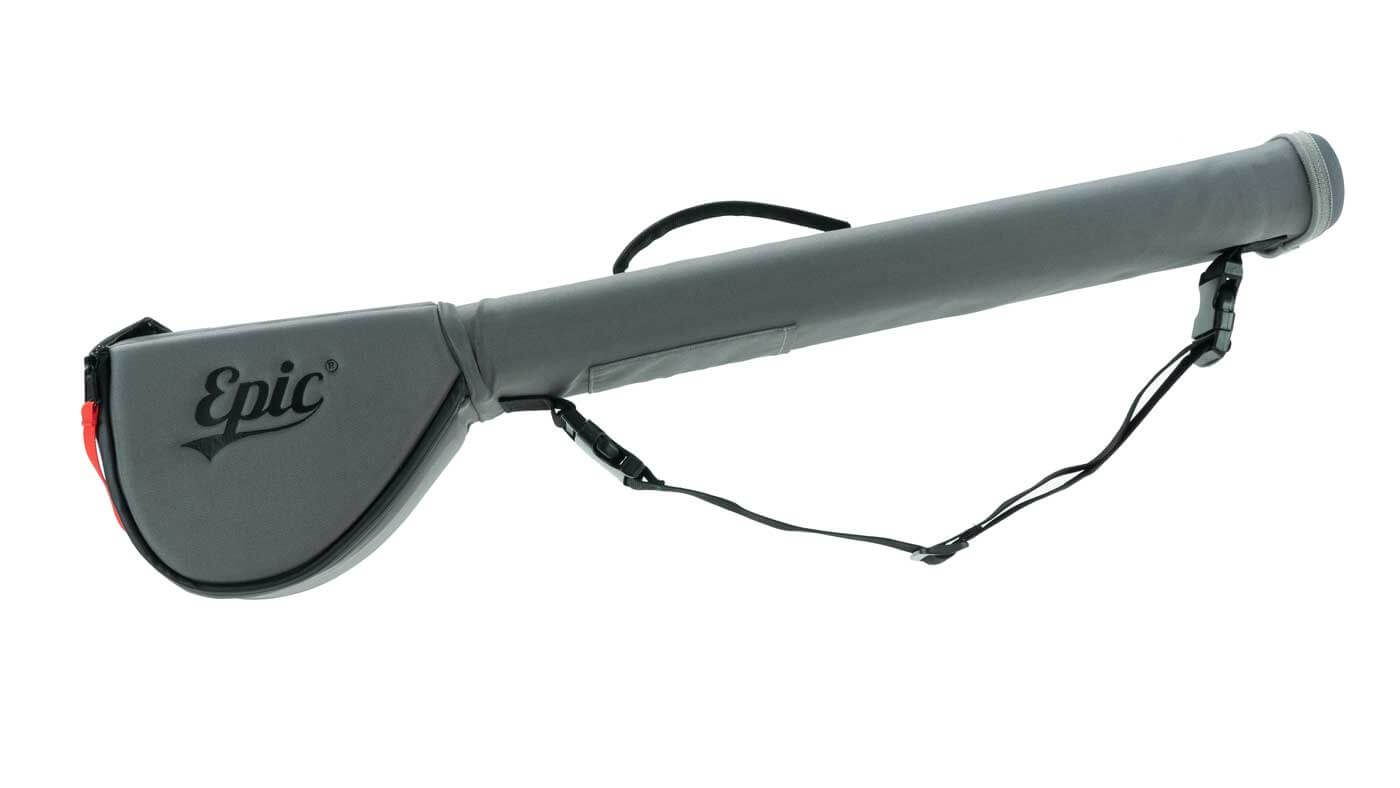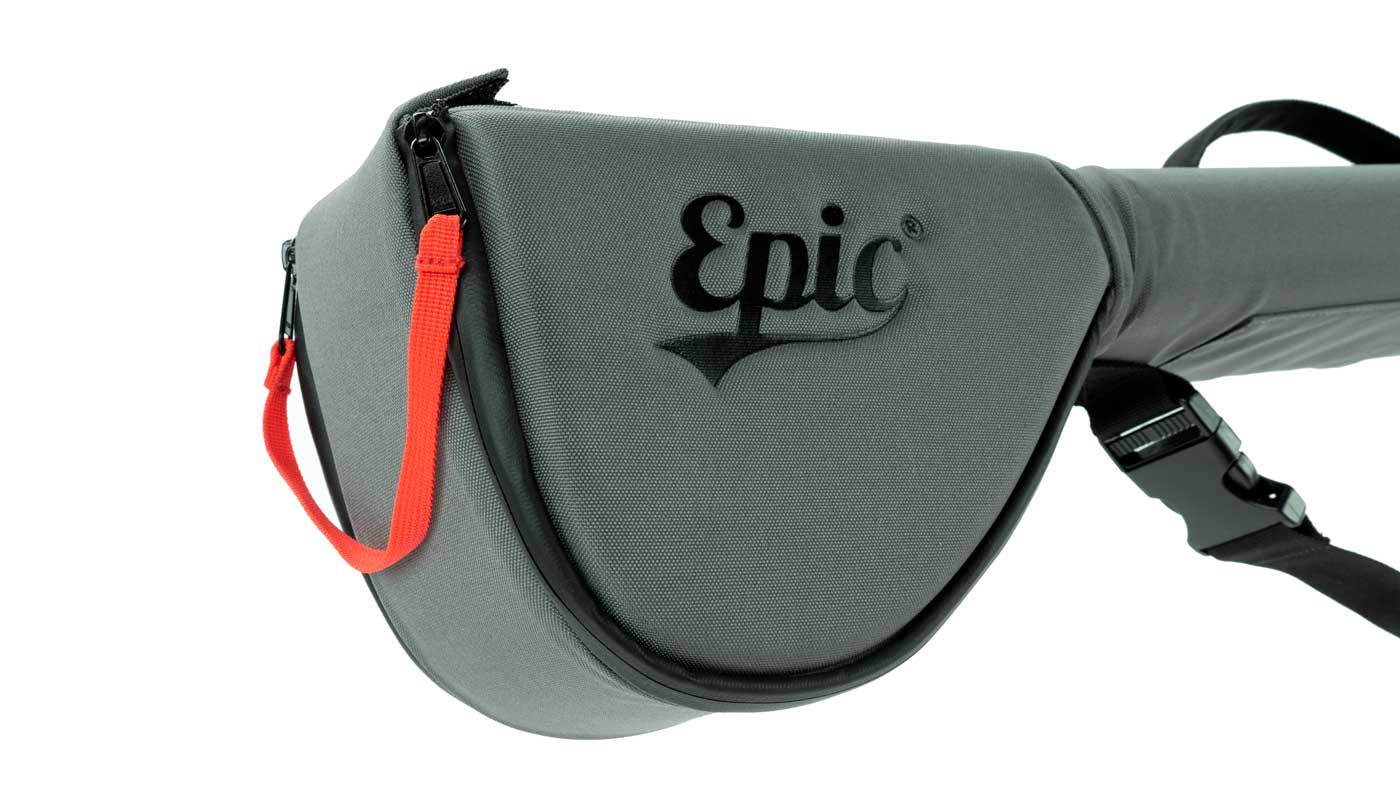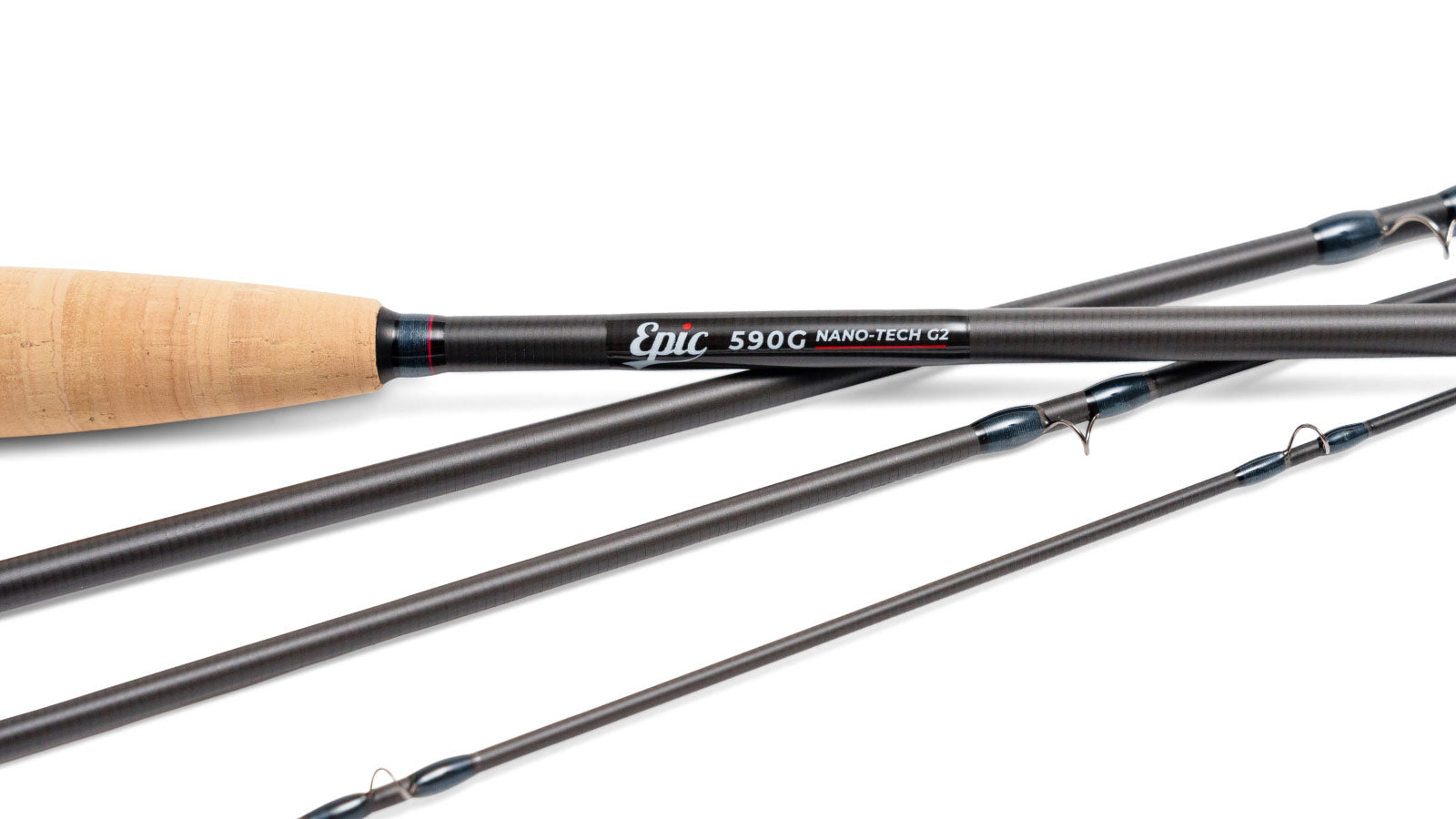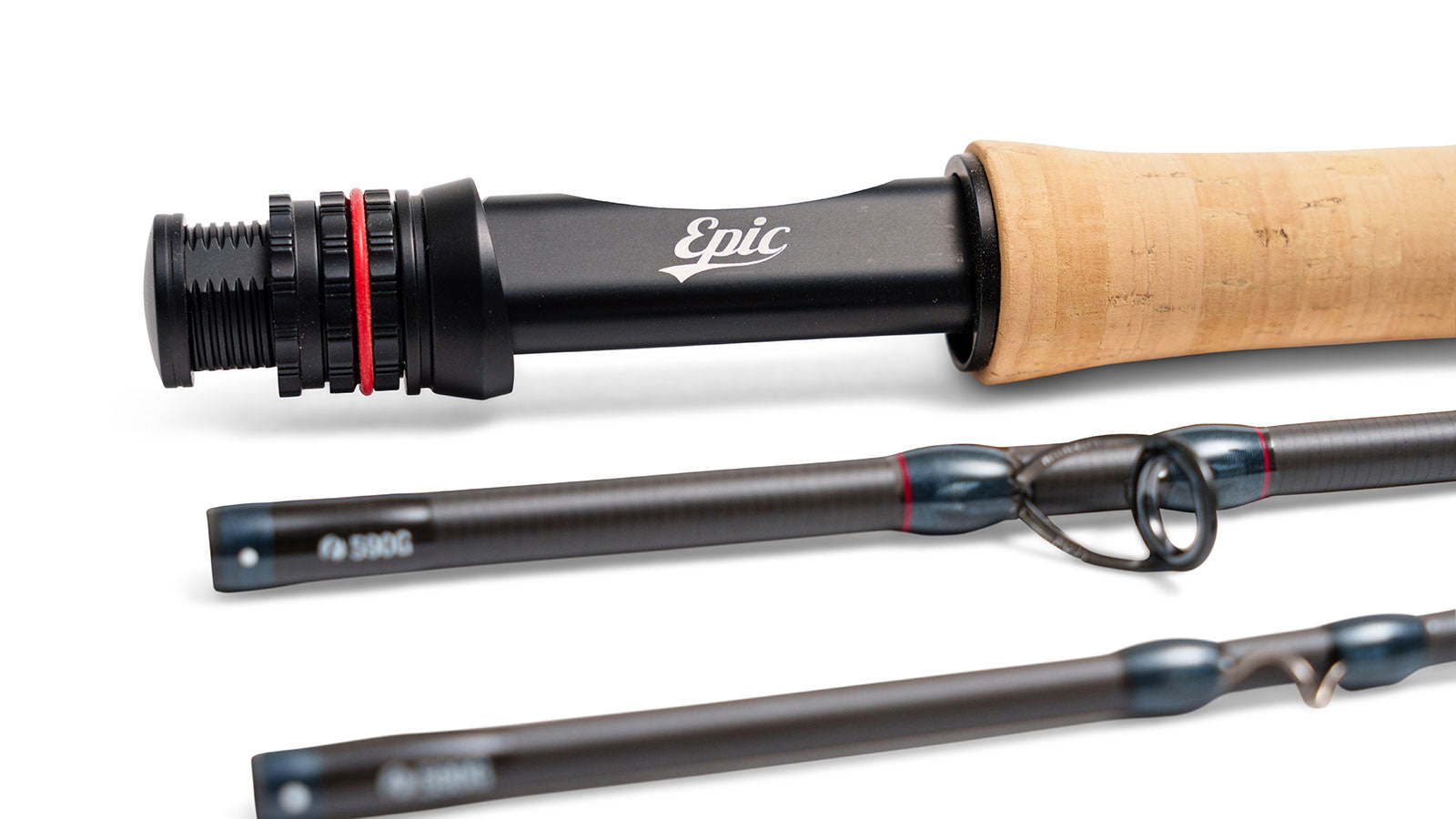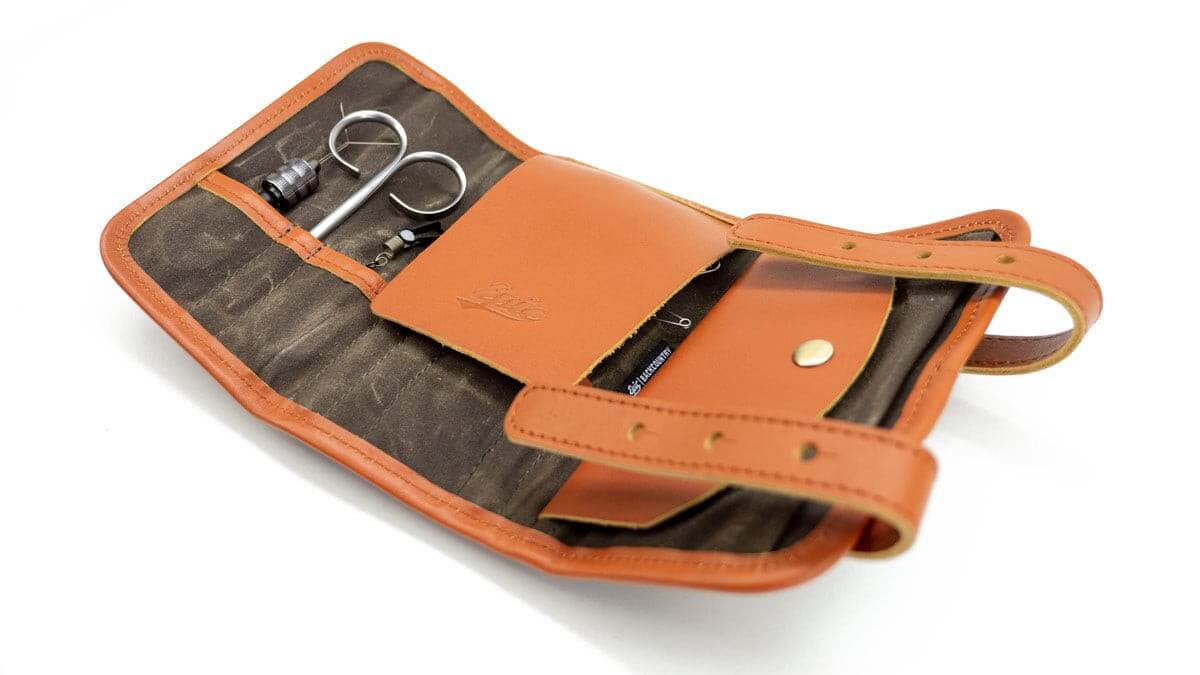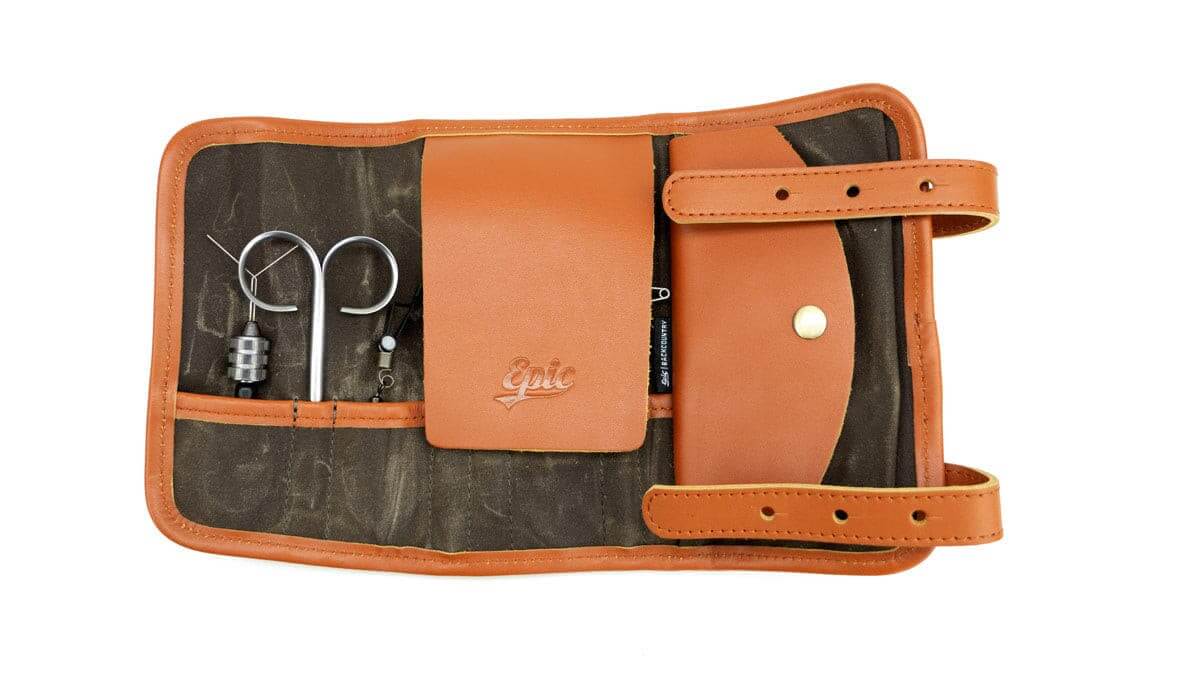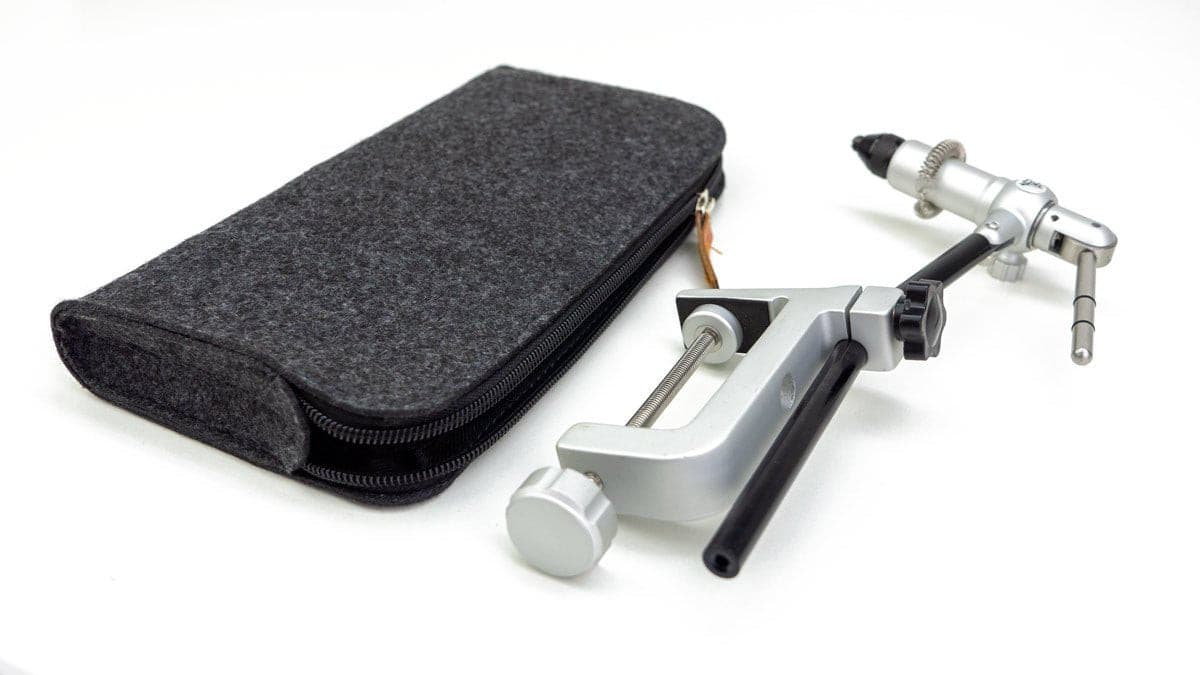Chuck 'n Duck
Casting heavy bead-head nymphs and big cone-head streamers brings a unique set of casting challenges that can not only be frustrating, they can break rods, hook ears and cause plenty of tangles and knots.
Here are a few simple pointers to help avoid busted rods, damaged pride and the inevitable macramé that results from these heavy weight tangles.
Shorten your leader.
While fly fishing is most certainly the sport of exceptions, generally speaking you won't need a long fine presentation leader when bombing out double tungsten nymphs or cone-head woolly buggers. A long leader behind this sort of gear tends to see flies flailing about madly. A leader of around 9 ft with a couple of feet of tippet is usually a pretty safe bet.
Open up your stroke.
While there are a number of different fly casts you could use here, such as a constant tension or oval cast, there are two simple things you can do to avoid hitting your rod or yourself with a lead bomb.
Normally fly casters try to deliver a relatively tight, narrow loop. Tight loops are more aerodynamically efficient than large open loops and are more accurate - particularly into the wind.
Imagine trying to push an open umbrella rapidly through the air (your large loop) - not easy and lots of resistance. Now close that umbrella (a narrow loop) and that same umbrella now cuts through the wind very nicely.
The problem with casting heavy weighted flies is that the terminal end - the end with the heavy pointy thing on it - tends to drop under the force of gravity, thus increasing the likelihood of smashing into your rod or head. Of course, gravity acts on everything including light dry flies, but the effect is far more pronounced with a heavily weighted fly.
Enter the wide loop. Often scorned by fly casters and regarded as the domain of the learner, wide casting loops are actually pretty handy things, particularly when casting weight.
A wide loop simply allows more room for that heavy pointy package to drop during flight - in short, it’s a safer bet
To cast a wider loop you need to open up your casting arc a little, take a bigger slice of the pie - and to do that just use more wrist. Yep, everything you were told not to do as a learner you can now do and call it great technique.

Figure A shows a rod arc that for the purposes of this demo we’ll call narrow.

Figure B - shows a wider casting arc that will create a wider, more open loop for the same length of line. I’ve achieved this by simply rotating more at the wrist, opening things up and taking a “bigger slice of the pie”

The second thing to do is tilt or cast the rod out to the side and away from your body. This not only puts the flies further away from your ears, it moves the rod, line and fly “out of plane”and far less likely to collide. We’ll talk more about casting planes and “tracking” in later articles.
Last safety tip, make sure you are wearing a hat and sunglasses regardless of the weather conditions. Hooks in eyeballs and ears are easily avoided if you're wearing a pair of shades and a lid. Stay safe!


